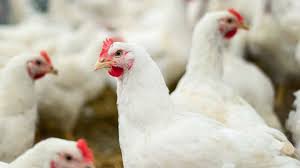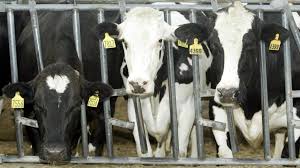Mango yield can be reduced by 15%, because 3
Ismail Khan, a mango grower of Shivganj in Chapainawabganj, is used to seeing buds on mango trees at the beginning of February. But he saw an exception this time. It took the end of February and even the first week of March in some places to start budding. Mukul came late. The next loss was in mid-March. Many of the delayed buds rotted due to two consecutive days of rain. Those that remained were hampered by a heat wave throughout April.
Not only Ismail, but also a well-known mango producer in the country, heard about the experience of talking to several farmers in this area.
Ismail Khan has now cultivated mangoes in Shibganj and Gomstapur upazilas of the district in 80 bighas. These include Fazli, Langra, Lakshmanabhog and Baromasi. He thinks that he will not get more than 200 maunds of mangoes from the 20 bighas of fazli and langra. But even if the yield was normal, its amount would have been 600 maunds.
Ismail Khan was saying, ‘It does not seem that the cost of pesticides will rise this time. Now Bharasa perennial mango orchard. It seems that some costs may arise from there. I have not seen such a situation before.’
This picture of the mango cultivation field has also worried the policy makers or the Directorate of Agricultural Extension concerned with this cultivation. According to the government department’s ‘Exportable Mango Production Project’, mango production may be reduced by at least 15 percent this year. In the last financial year (2022-2023), the production of mangoes was about 4 lakh metric tons more than the previous year. According to the Department of Agriculture Extension, mango production last year was over 2.7 lakh tonnes.



